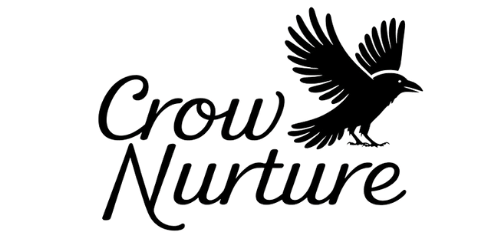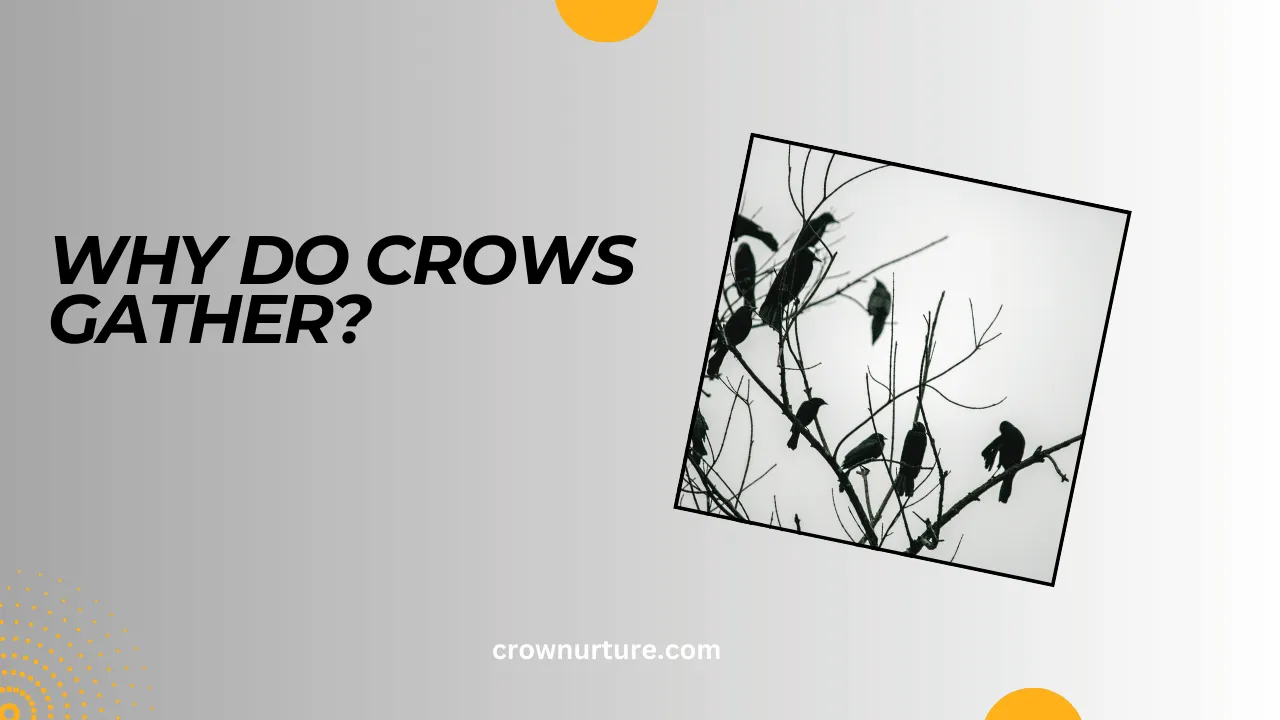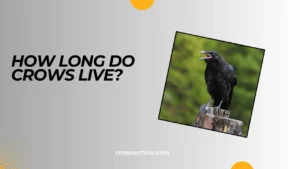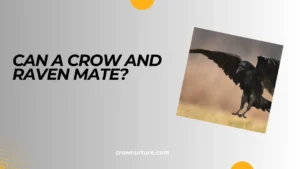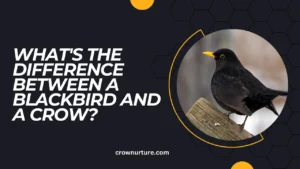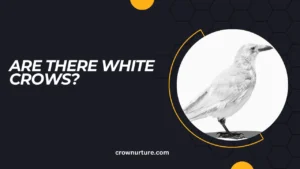Imagine walking through a quiet park at dusk when suddenly you see a large group of crows gathering, filling the air with their caws and dark silhouettes. These gatherings, known as murders of crows, often seem mysterious and even eerie.
But behind this natural phenomenon lies a fascinating story of social intelligence, survival strategies, and ecological adaptability.
Crows, belonging to the highly intelligent Corvidae family, are social birds with behaviors that captivate scientists and casual observers alike.
Their gatherings aren’t random but serve critical purposes such as protection, resource sharing, and information exchange. These behaviors are a testament to their complex mental abilities and intricate social structures.
Understanding why crows gather not only reveals more about these birds but also helps us appreciate their role in maintaining ecological balance.
Let’s unravel the mystery behind crow gatherings and explore what makes these moments a significant part of their lives—and a curious spectacle for us.
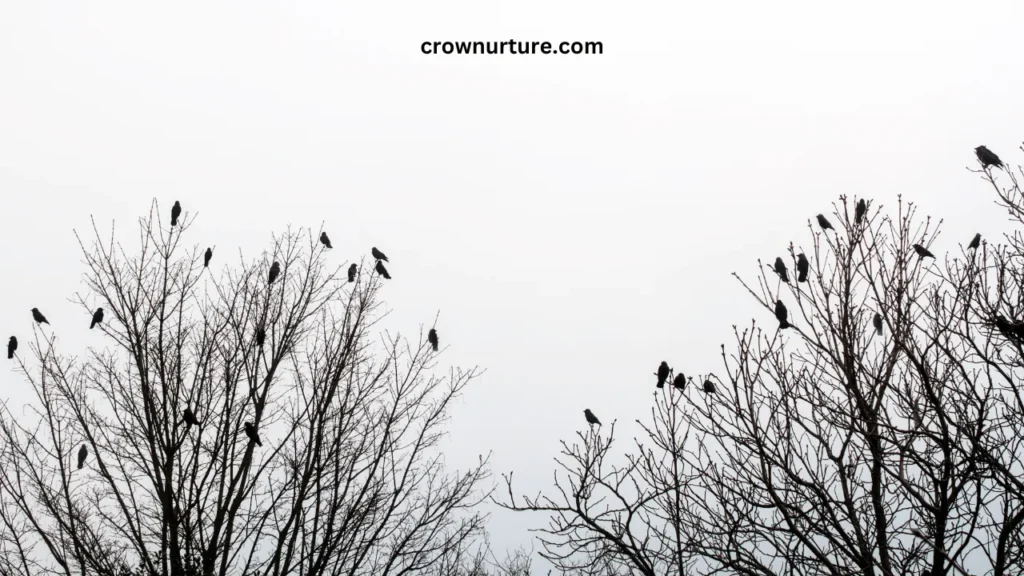
Contents
1. Social Benefits of Flocking
Crows are incredibly social creatures, and gathering in groups enhances their survival through cooperation and interaction.
One of the key social behaviors is cooperative breeding, where younger crows or extended family members help raise the offspring of a dominant pair. This teamwork ensures better care for the young and strengthens family ties within the group.
Gathering also fosters social learning, as crows observe and mimic behaviors from their peers. Whether it’s cracking open nuts using tools or recognizing human faces, these birds rely heavily on social cues to adapt and thrive.
They also use their gatherings for information sharing, warning each other about predators or communicating the location of food sources through vocalizations and body language.
2. Resource Acquisition and Foraging
In the wild, food is a resource often scarce or unevenly distributed. Crows gather in groups to use their collective intelligence and increase their chances of finding food.
Collective foraging helps crows exploit large food sources like garbage dumps, agricultural fields, or fruit-laden trees. With many eyes scanning the environment, they can locate hidden resources more effectively.
However, flocking isn’t purely cooperative. Within these groups, crows establish dominance hierarchies, where stronger or more experienced individuals often take priority in accessing food.
Even with competition, the benefits of shared foraging—such as protection from predators and increased efficiency—outweigh the drawbacks.
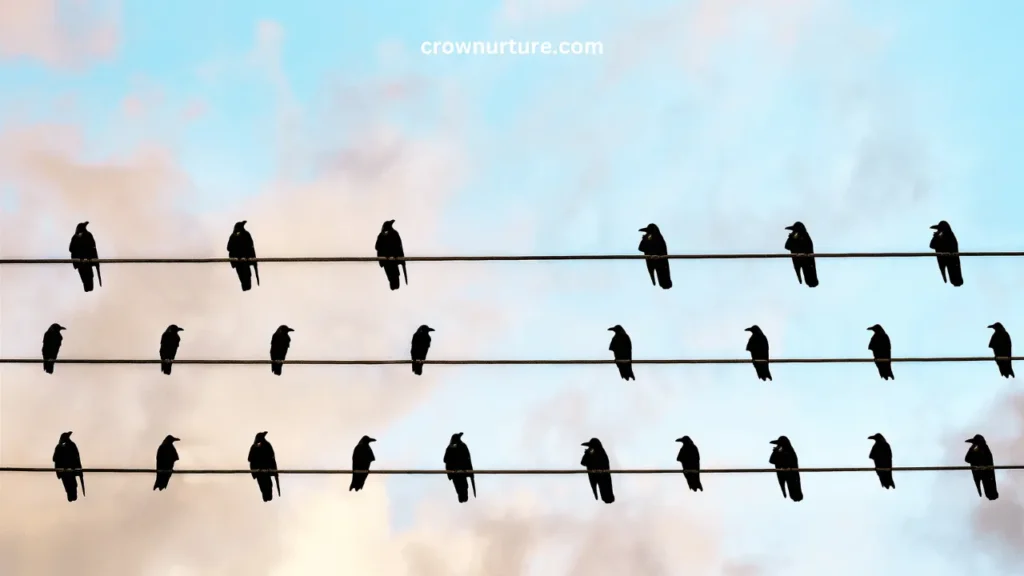
3. Predator Defense
Predator threats are a constant challenge for crows, and their gatherings provide a critical advantage in staying safe.
When faced with a predator, crows engage in mobbing behavior, where they band together to harass the intruder with loud calls, dive-bombing, and physical attacks.
This tactic not only confuses and deters predators like hawks and owls but also protects the weaker members of the group.
Crows are also known for their intelligent distraction tactics. For example, some will feign injury or create noise to lure predators away from vulnerable nests or fledglings.
In large groups, this strategy becomes even more effective, as the combined efforts of the flock overwhelm potential threats.
4. Environmental Factors
The environment plays a significant role in shaping crow gatherings, influencing their size, location, and behavior.
Food availability is a major driver. Crows often gather where resources are abundant, such as urban areas with plenty of garbage or agricultural fields rich with crops.
Seasonal changes also affect these patterns, with larger gatherings forming in winter as crows roost together for warmth and survival.
Habitat quality is another factor. Areas with ample trees for roosting and fewer human disturbances tend to attract more crows. Urban and suburban environments, surprisingly, are often preferred due to easy access to food and shelter.
5. Cultural and Historical Significance
Crows’ tendency to gather in groups has made them a subject of fascination in human culture for centuries.
In mythology and folklore, crows are often associated with wisdom, death, or mystery. For instance, in Norse mythology, Odin’s two crows, Huginn and Muninn, were thought to represent thought and memory, flying across the world to gather information.
Superstitions surrounding crows vary. In some cultures, seeing a group of crows is considered a bad omen, while in others, they are viewed as protectors or messengers from the spiritual world.
These associations highlight how deeply intertwined crows are with human history and imagination. Modern interactions between humans and crows continue to evolve.
Feeding crows, observing their behaviors, and even studying their problem-solving abilities have made them a unique bridge between nature and human curiosity.
Conclusion
Crows’ gatherings are not merely a random occurrence but a carefully orchestrated part of their survival strategy. From fostering social bonds and learning behaviors to defending against predators and adapting to environmental changes, these intelligent birds showcase the power of teamwork and resilience.
Understanding why crows gather sheds light on their complex social dynamics and ecological importance. These gatherings also remind us of the rich, interconnected web of life in which even the smallest creatures play a vital role.
Observing these moments helps us appreciate the intelligence and adaptability that make crows a fascinating subject for scientists and bird enthusiasts alike.
FAQs
1. Why do crows gather in large numbers?
Crows gather for social bonding, better predator defense, efficient foraging, and survival strategies like warmth during winter roosts.
2. What is a group of crows called?
A group of crows is called a murder, though the term is often used poetically rather than scientifically.
3. Do crows communicate in these gatherings?
Yes, crows use vocalizations and body language to communicate about food sources, potential threats, and other important information.
4. Why do crows gather at night?
At night, crows form roosting flocks to conserve warmth and share information before dispersing at dawn.
Some crows migrate seasonally, but most gatherings are about social interaction or roosting rather than migration.
6. Do crows gather to mourn?
Yes, crows are known to gather around dead members, possibly as a form of mourning or learning about potential dangers.
